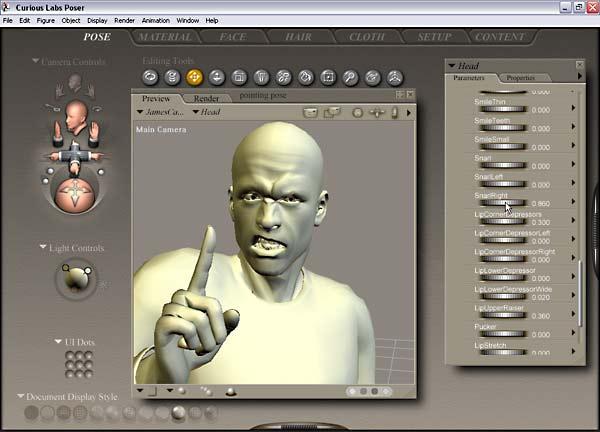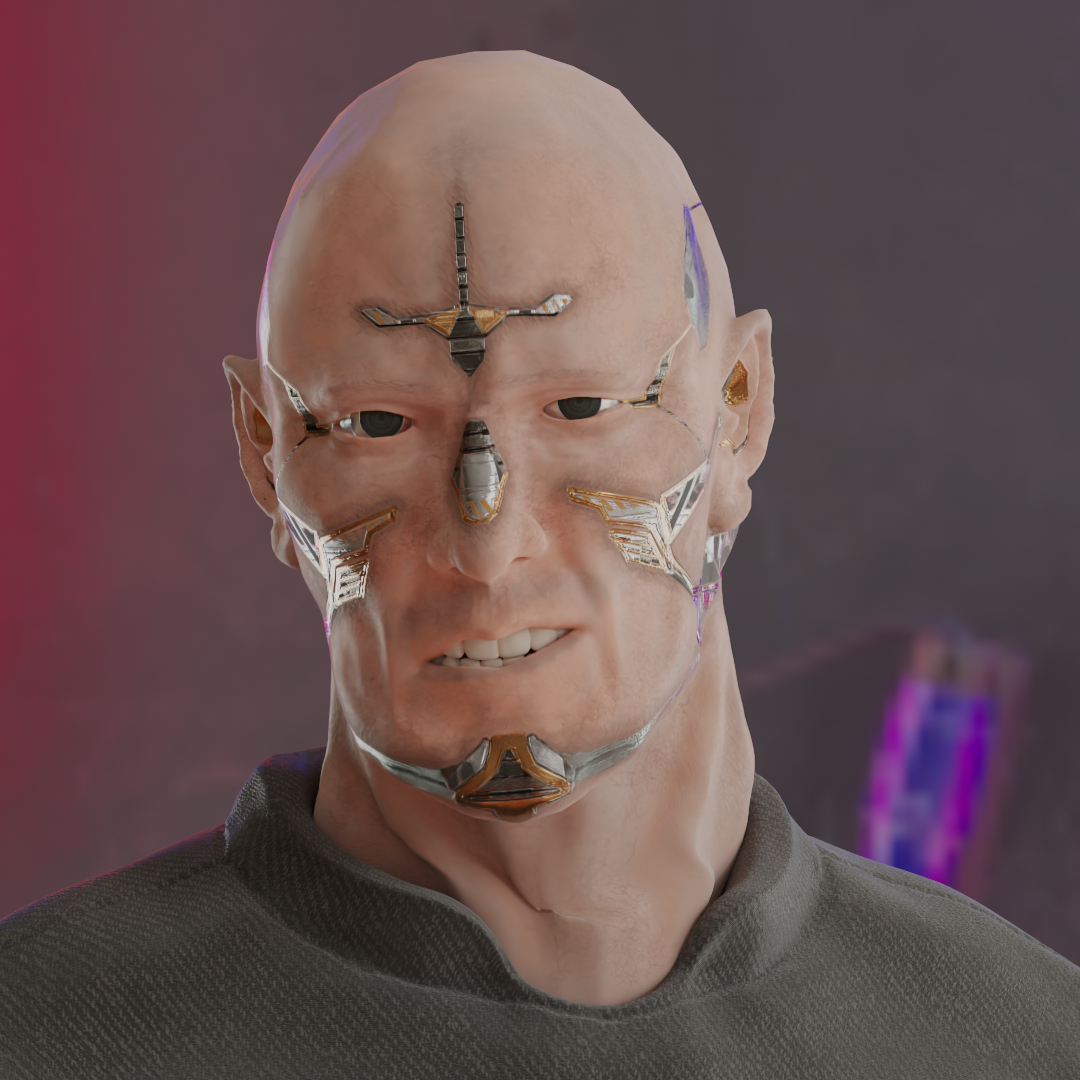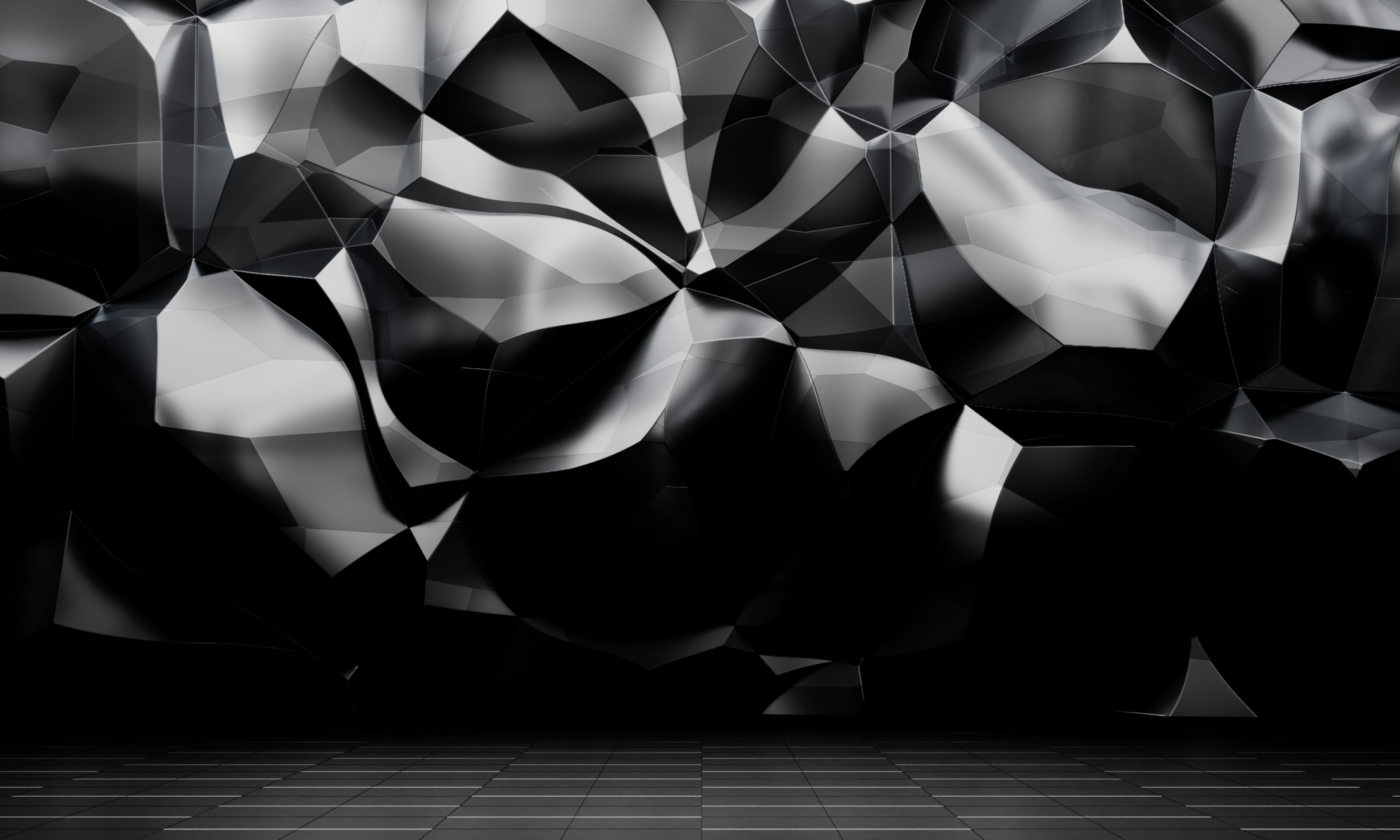Back in the 90s, a little software package called Poser became the go-to for the non-pro animator, for “pro-like” performance, at least according to late-90s standards, in an era when computer animation still was an outrageously expensive business to get into.
If you were at the low-end of the entry-level spectrum, Poser was a silver bullet. Rigging was dead easy, morphing controls for body and facial muscles were incredibly intuitive, and the whole experience felt like customizing a videogame character, with fairly decent results.
There were of course a few complaints from the semi-pro end of the spectrum, particularly in regard to the fact that Poser characters, even the more advanced DAZ 3D ones, still looked like animatronic corpses, when animated, for one simple reason: 90% of poser users were NOT professional animators. Not even close.

Still, character animation has been a persistent thorn into animation studios sides, due to the lack of funds required to appease talent with a specific focus on the modeling, shading and animation of 3D characters. Great character artists are hard to come by, and they are expensive for a few good reasons: they understand organic shapes, they are excellent sculptors, and are the types of animators who truly understand the twelve rules of animation and how to apply them to an organic body, so that it behaves realistically.
When I first started learning about character animation, I felt at thought I attempted to learn some kind of extraterrestrial language. There were so many components to explore and learn: choosing between FK and IK, facial blends versus facial bones, dynamic muscle effectors versus blend shapes, and so on. The modeling part was the easy one, all it took was an understanding of muscle groups and bones, which is what every art student does.
By the time I was able to achieve some level of predictable results, however, I was blindsided by an avalanche of tools, plugins and add-ons designed to automated a large chunk of what I had spend years on learning and practicing.

Character Creator, and iClone7 by Reallusion made it their mission to truly simplify and automated many of the tasks involved in the creation and animation of 3D characters, leaving Poser and similar attempts at character generation, in the dust.
The main advantage of iClone7 is its massive user-base, comprised mostly of semi-pro animators, stocking the Reallusion Marketplace with amazing animation loops, and extremely high-quality meshes and PBR textures, aside from the quality of the base meshes available within the program’s library, capable of customization vastly superior to Poser.
The Catch
The catch, unfortunately, it just that. Base meshes.
No amount of customization of a base mesh will ever return a character that is truly unique, or close to an artist’s idea. One can squeeze, pull and stretch muscle groups, and change colors on skin, eye and hair, but for as long as one can easily tell where a model was created, which is fairly easy to deduce,
Another problem with these proprietary tools is that rigging is also proprietary, and often times intolerant of other systems, unless there’s availability of dedicated plugins. At best, export options may allow for bones and even animation curves to be exported directly into other programs like Maya, Blender or Cinema 4D, but that’s typically left up to the content creators, who may or may not be willing to allow their rigs to be used outside of certain ecosystems.
Metahumans is the perfect example: usage of Metahumans characters is strictly controlled by tight proprietary licensing, and dispensed through very specific channels.
Those who plan to use Metahumans with Unreal Engine, for example, are required to use a dedicated plugin that taps directly into Metahumans servers, and downloads the finished model, as-is, specific to the Unreal Version used, making the use of Metahumans within aa professional pipeline, so tricky and convoluted, that it’s barely worth it, no matter how incredibly realistic the finished model is.
Why is that, though?
The answer is that developing tools that would truly make character design and animation easier AND cross-platform is just a massive, and costly undertaking, with extremely low profit margins.
Imagine creating a software capable of outputting Metahumans-quality3D characters in multiple 3D formats, including the open source ones, with custom skeletal rigs, blends, morphs and effectors, as well as flawless PBR, and LOD mesh and collision boundary, for use across every software, with seamless and plugin-less integration.
Now imagine a horde of animators jumping at the opportunity to buy one single license, to generate thousands of flawless 3D models, ready to ship, with minimal setup.
Considering that Autodesk FilmBox (FBX) is the most widely used file format in character animation, and that it has not required any updates since the early 2000’s, FBX integration alone would make this software an instant threat to every software developer with a stake in 3D animation, especially Autodesk, who would most likely not allow integration of its SDK for that exact reason.
There is simply no interest in making things easy for animators, any time soon.
The Grind
Aside from the industry’s politics and economics, character animation is an art, like every other aspect of 3D animation in general, and as it is true for vehicles, props, vegetation, and many other elements required to bring a 3D world to life, procedural generation may make certain tasks easier, but they won’t replace the process itself.
3D art will always rely on concepts founded on traditional art, for realistic results. It won’t exist without photography, cinematography, hand sculpting, painting, drawing, the study of animal and human anatomy, and plain and simple natural observation. It won’t exist without an ever so superficial understanding of physics and natural laws, as well as math, and geometry.
While we do live in a reality where instant gratification and shortcuts are celebrated, even at the cost of undercutting true talent, and cheapening the value of one of the most underrated professions in motion graphics, the good news is that the industry does have standards, and has created demand for professional animators who specialize in a variety of aspects of 3D characters design, particularly in the videogame industry, where the bar has been raised so incredibly high, in a very short time span, by notable developers like CD Projekt Red, and Bethesda, as well as the army of professional contractors without which a generation of Disney and Marvel blockbusters would have been possible.

In conclusion, if your passion is 3D characters: cheer up! Keep studying! You’ll be fine.
